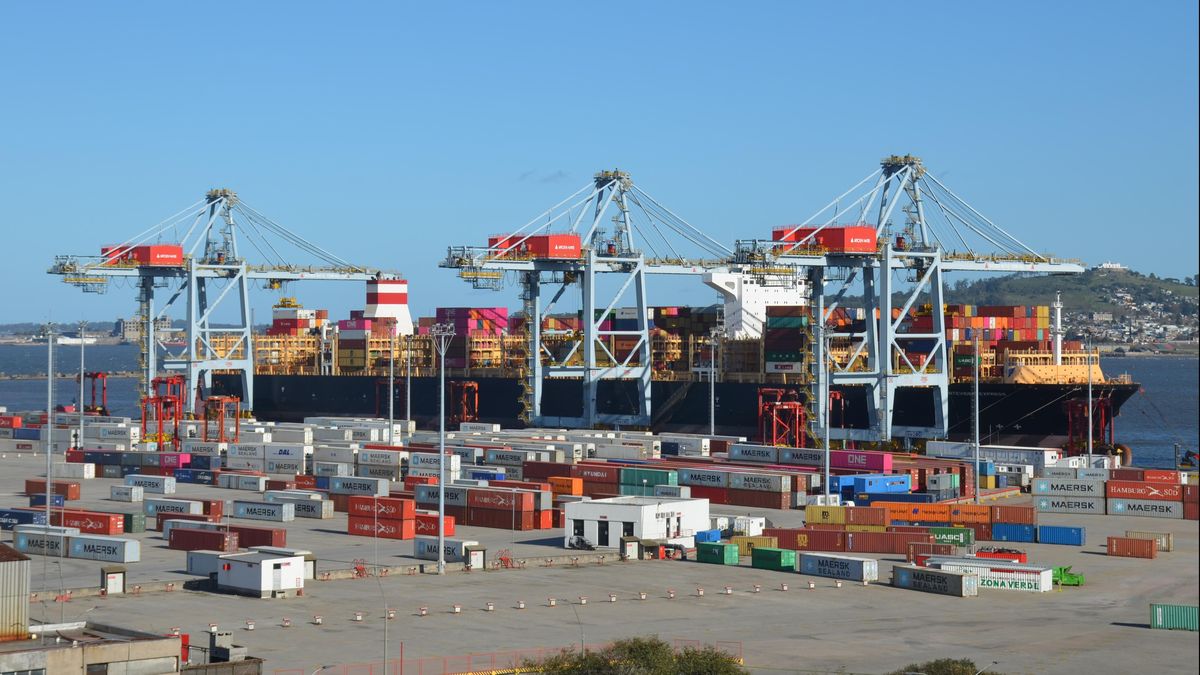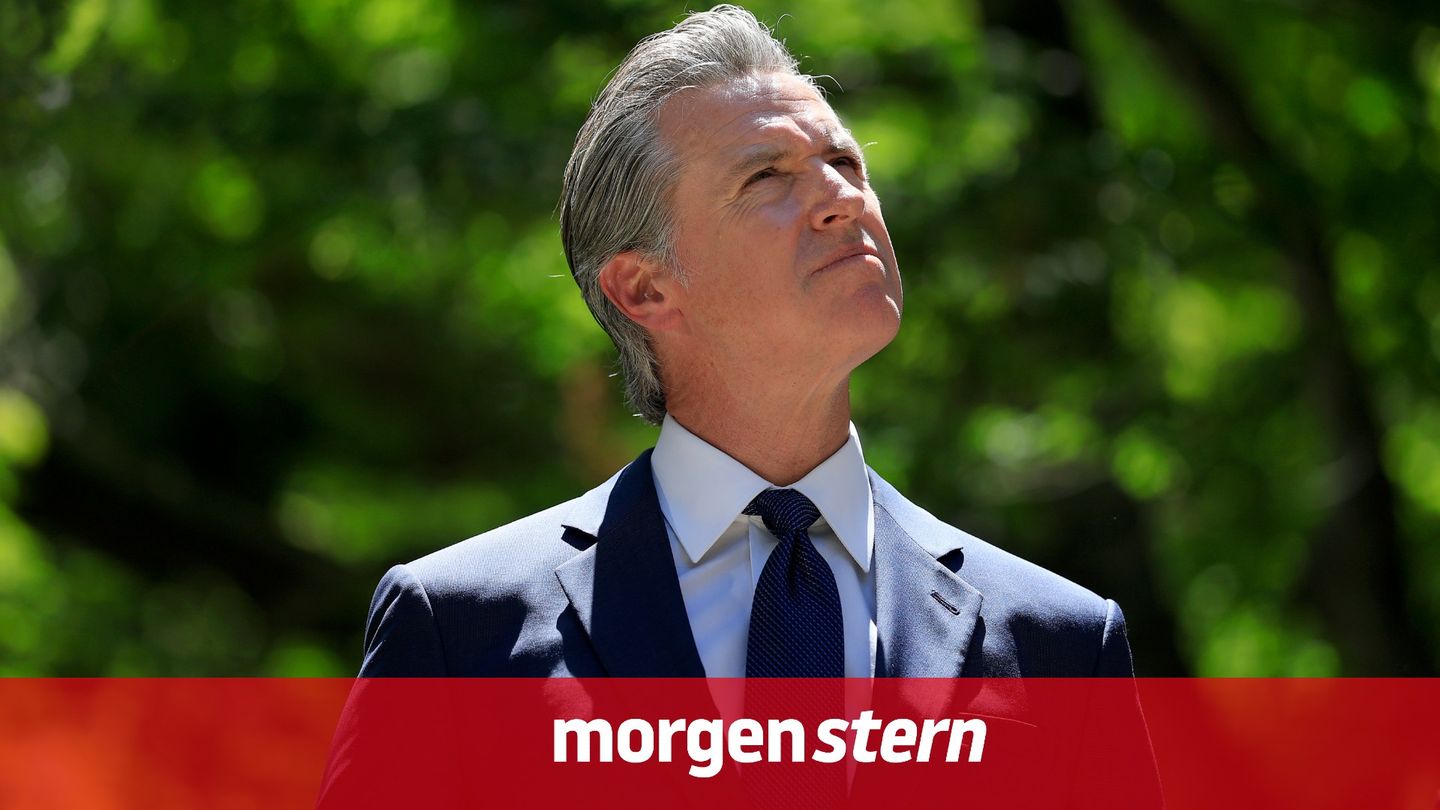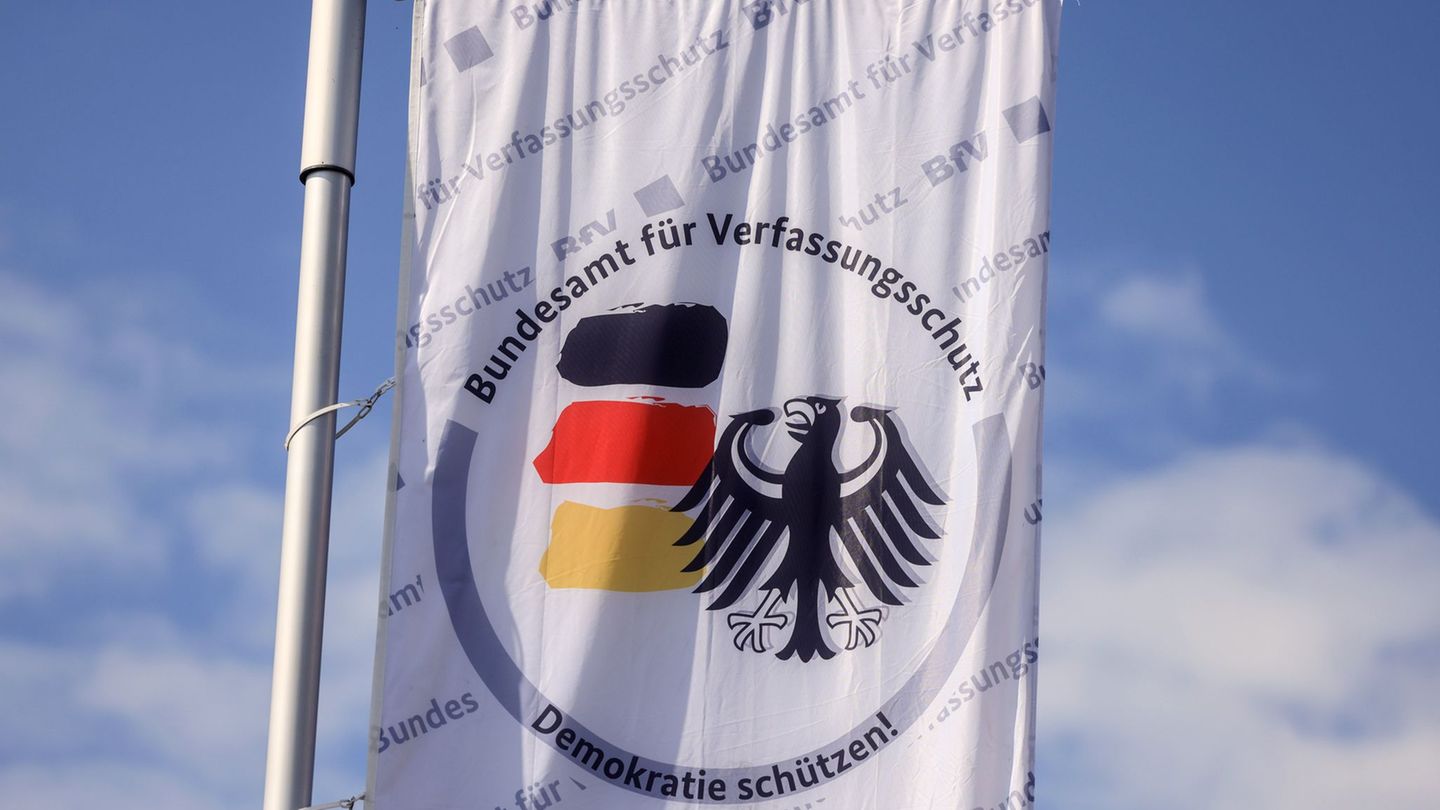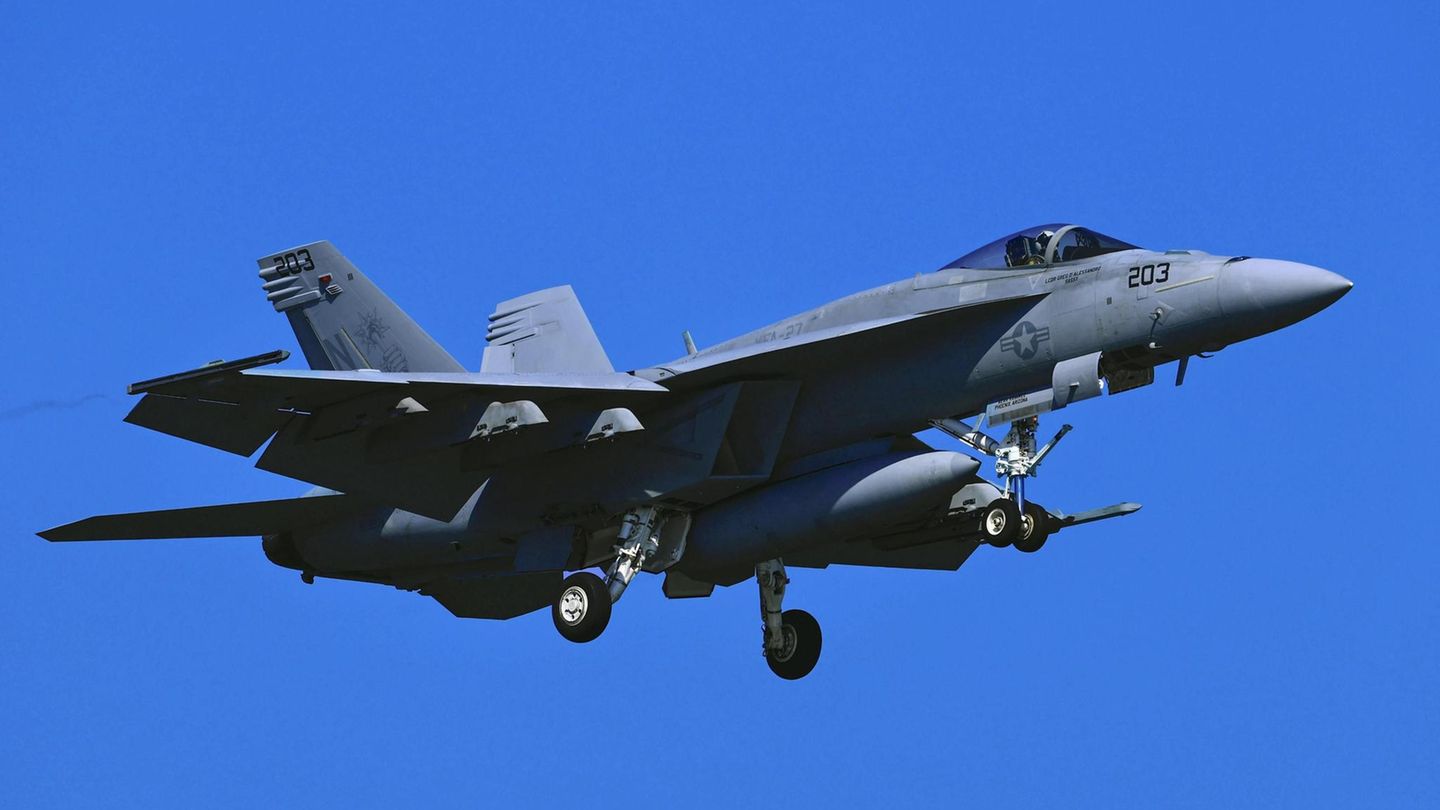The Union of Exporters of Uruguay (UEU) questioned the tariff increase that was announced Montecon regarding the values of their services in the Port of Montevideowhich will take effect from January 1st. The organization led by Facundo Marquez reports that operating costs will be five times higher than in other ports in the region.
Once again, the port fees are a subject of criticism from the country’s export sectors that, for months, have been complaining about the increase in the price of export activity from the high prices paid in Uruguay, compared to other ports South America.
In this sense, the increase announced by Montecon of 7% in the basic terminal costwhich will take effect as of January 1, caused a new stir in the sector, which indicates a 16% increase in costs in the last 17 months —considering previous increases in the same matter.
One of the organizations that expressed their rejection and “disagreement” with the tariff adjustment announced by the company that operates in the Port of Montevideo It was the UEU. “With this new increase, the terminal cost to export will be 5 times more expensive than in competitive regional port terminals, such as that of Rio Grande in Brazil or that of Saint Anthony in Chili”, the organization expressed in a statement.
Likewise, he pointed out that “this new increase is added to the one set by TCP (Cuenca del Plata Terminal) in August of this year, which is why we insist on the need to have an independent monitoring and control mechanism for the terminal costs that ensures the competitiveness in the medium or long term.”
In this regard, the UEU recalled that it presented a proposal for the formation of a Port Services Regulatory Unit and the direct intervention of the Administration National Ports (ANP) —while TCP is a mixed company—, which is being studied by the Executive power already waiting to be sent to Parliament.
“The UEU once again calls for reflection on the negative impact that these tariff increases have on the competitiveness of exports and, consequently, on the sustainable development and the employment of the country,” the statement closed.
It is worth remembering that competitiveness—and the loss of it—has been a sensitive issue for the Uruguayan export sectors that, likewise, demand monetary measures in the face of the depreciation of the dollar which closed its second consecutive year of losses.
The tariff controversy
The tariff and competitiveness issue at the port is not new, and had its most recent chapter in August when TCP reported a 17% increase in its tariffs —after a negotiation that lowered the percentage from the 24.1% they had wanted. collect from July 1—; and the UEU denounced a monopolistic attitude of the company, as well as the continuous detriment of the Port of Montevideo in terms of price in relation to other ports in the region.
The Exporters Union has been one of the most critical voices, pointing out on several occasions that the port fees in the country “they are three and a half or four times more expensive than competitive ports such as those in Chile or Río Grande in Brazil,” as expressed by the president of the entity, Facundo Márquez. With the new increase, these rates would be five times above the values in competitive ports.
Both the Chilean port of San Antonio and the Brazilian port of Río Grande and the Argentine port of Buenos Aires are located in better positions than Montevideo in the Container Port Performance Index (CPPI) prepared by the World Bank: while Uruguay It was in 304th place out of 248 ports surveyed, San Antonio was 253rd—after rising 67 places—; Buenos Aires was placed in position 174—falling 50 places; and Río Grande was the best in the region, in 50th place, after rising 41 places.
Source: Ambito




